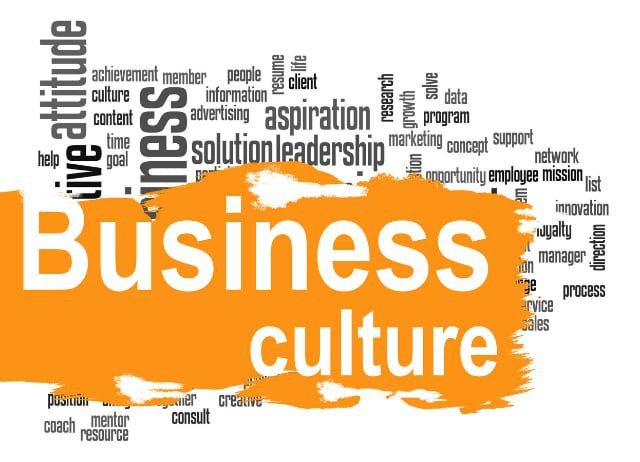
What do managers miss when sending people to workshops
“No learning agility without training agility”

The impact on engagement and commitment of participants of Covid19 was fascinating. And it told me a lot about how leaders have to adapt their leadership style to their given working environment. Even though most of us used virtual platforms before Covid, making the change to 100% virtual had its consequences.
Participant Preparation
A lot of time, I have experienced that participants sent to training received a limited explanation for the activity by HR or L&D. Trainers spent their initial time trying to get buy-in from their attendees due to a perceived lack of value in training.
What I have been missing most of the time was the briefing of managers to let their direct reports know why they should attend a training and what their immediate benefit will be from it. A short announcement delivered by the superior would have directly impacted the level of engagement and commitment of their direct reports.
Purpose and Outcome
As a trainer and coach, I see that managers are looking for sophisticated tools to become better leaders; meanwhile, easy, fast, and free ones would make their life, the life of their team members, so much easier.By sharing the purpose of training and a few details about why the company chose, it would immediately impact the buy-in. Through that, participants would feel that their managers CARE about them, understand their needs, and support them. During the three main phases of Covid related to participants’ level of attention and confidence (medium, high, very low), direct reports would have needed a completely different communication delivered by their supervisors/managers.
What are you considering when sending your team members to trainings? What do you do if global HR sends your people to workshops that you don’t have influence on? What tools do you use to get the buy-in of your direct reports to be engaged and committed to a behavioural change in the world of training?


